Rise of Smart City Initiatives
The Near Field Communication (NFC) Market is significantly influenced by the rise of smart city initiatives. Urban areas are increasingly adopting smart technologies to enhance the quality of life for residents. NFC technology plays a crucial role in this transformation, facilitating seamless interactions between citizens and city services. For instance, NFC-enabled public transport systems allow for efficient fare collection and access to services. As cities invest in infrastructure that supports NFC technology, the market is expected to expand. Reports suggest that investments in smart city projects could exceed 2 trillion USD by 2025, creating a fertile ground for the NFC Market to flourish.
Increased Smartphone Penetration
The Near Field Communication (NFC) Market is experiencing a surge in growth due to increased smartphone penetration. With a significant portion of the population owning smartphones equipped with NFC capabilities, the potential for contactless transactions and data sharing is immense. As of 2025, it is estimated that over 80% of smartphones will support NFC technology, facilitating its integration into everyday activities. This widespread adoption is likely to encourage businesses to implement NFC solutions, thereby enhancing customer experiences. The convenience offered by NFC-enabled applications, such as mobile wallets and loyalty programs, is expected to further propel the NFC Market, making it a vital component of modern commerce.
Expansion of Retail and E-commerce Sectors
The Near Field Communication (NFC) Market is benefiting from the expansion of retail and e-commerce sectors. As retailers increasingly adopt contactless payment solutions to enhance customer convenience, NFC technology is becoming a preferred choice. The rise of e-commerce platforms that integrate NFC for in-store pickup and payment options is also noteworthy. Data indicates that the e-commerce sector is projected to grow by over 20% annually, creating opportunities for NFC applications in payment processing and customer engagement. This trend is likely to drive innovation within the NFC Market, as businesses seek to leverage technology to improve operational efficiency and customer satisfaction.
Technological Advancements in NFC Solutions
The Near Field Communication (NFC) Market is propelled by continuous technological advancements in NFC solutions. Innovations such as improved data transfer speeds, enhanced range, and integration with other technologies like Bluetooth and Wi-Fi are making NFC more versatile. These advancements are likely to expand the scope of NFC applications beyond payments, including areas such as healthcare, access control, and smart home devices. As technology evolves, the market is expected to witness an influx of new products and services that utilize NFC capabilities. This dynamic environment suggests a promising future for the NFC Market, as it adapts to meet the changing needs of consumers and businesses alike.
Growing Demand for Enhanced Security Features
The Near Field Communication (NFC) Market is witnessing a growing demand for enhanced security features in transactions. As consumers become increasingly aware of data privacy and security concerns, NFC technology offers a secure method for contactless payments and data exchange. The implementation of encryption and tokenization in NFC transactions has been pivotal in addressing these concerns. According to recent data, the NFC-enabled payment segment is projected to reach a valuation of approximately 1 trillion USD by 2026, indicating a robust growth trajectory. This heightened focus on security is likely to drive further adoption of NFC technology across various sectors, including retail and banking, thereby solidifying its position in the NFC Market.
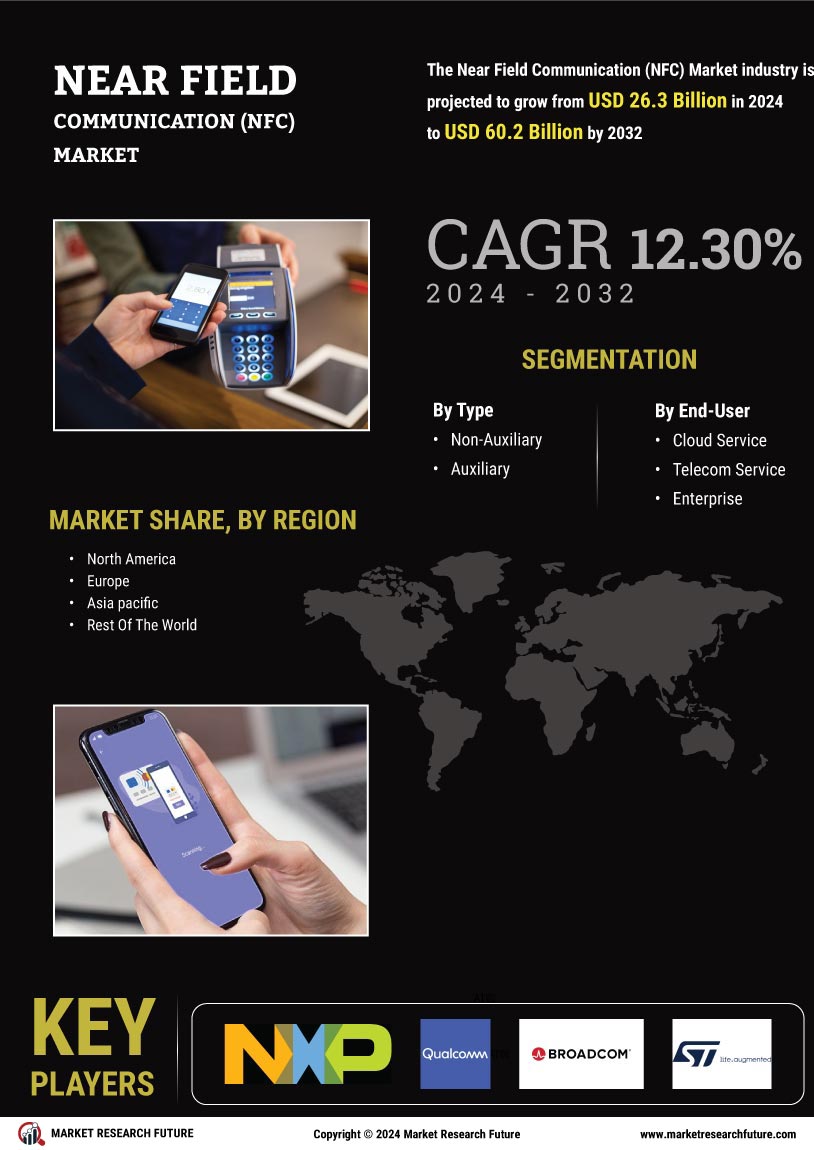
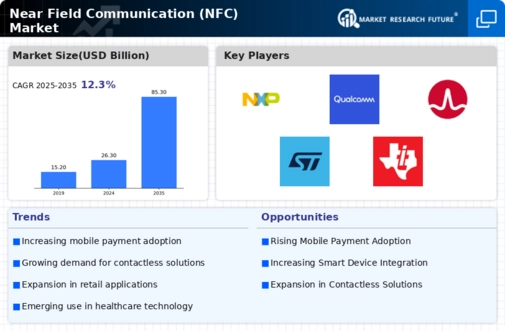
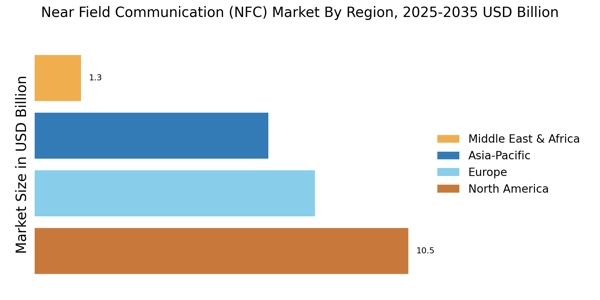
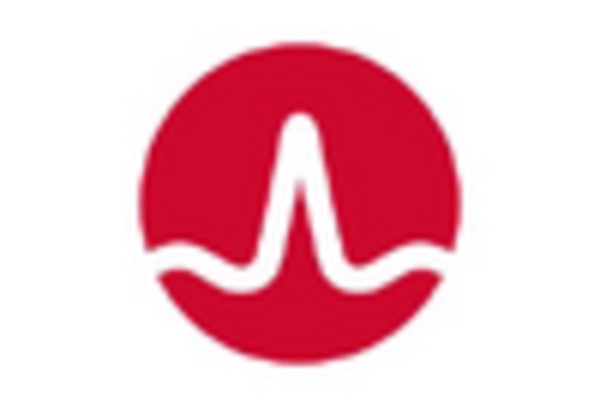
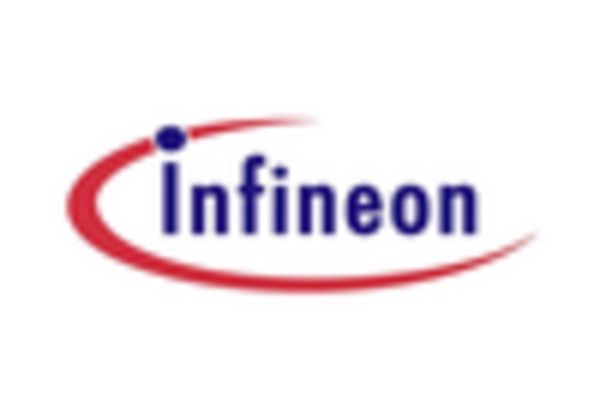
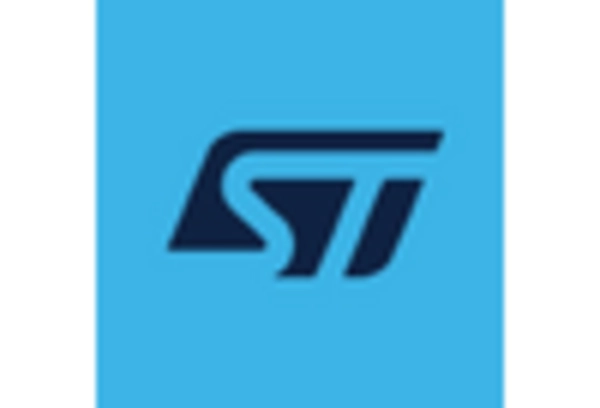

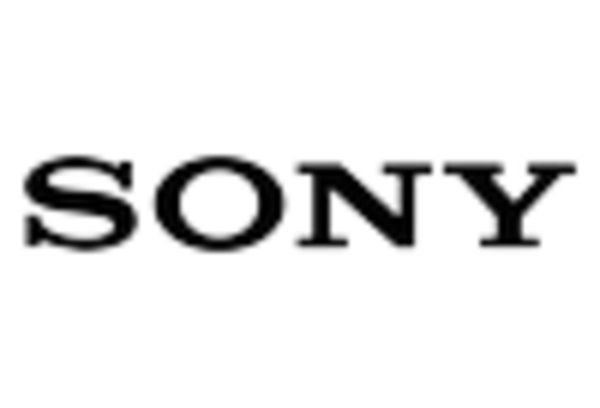








Leave a Comment